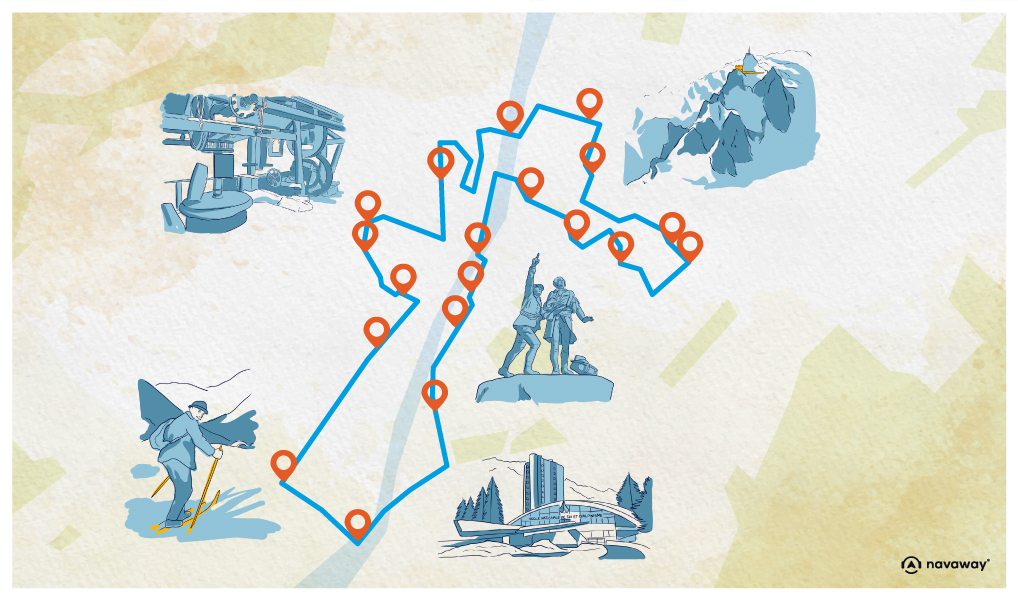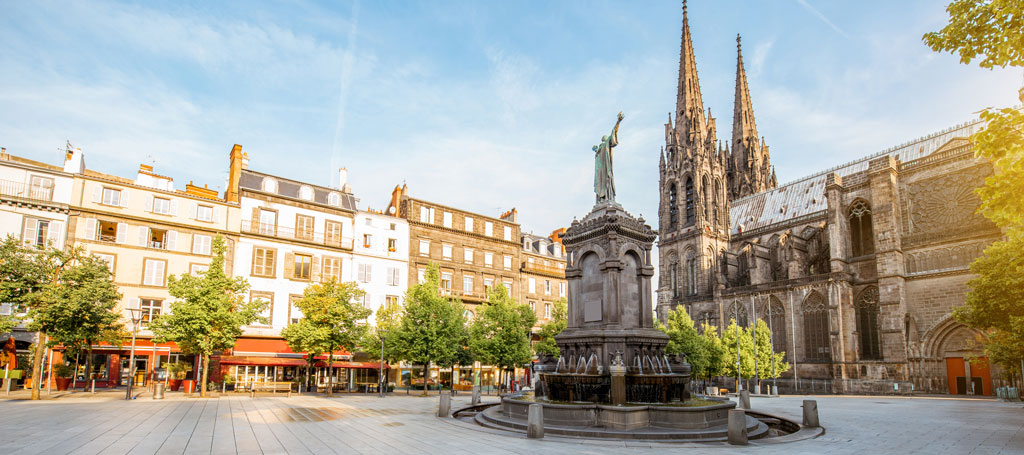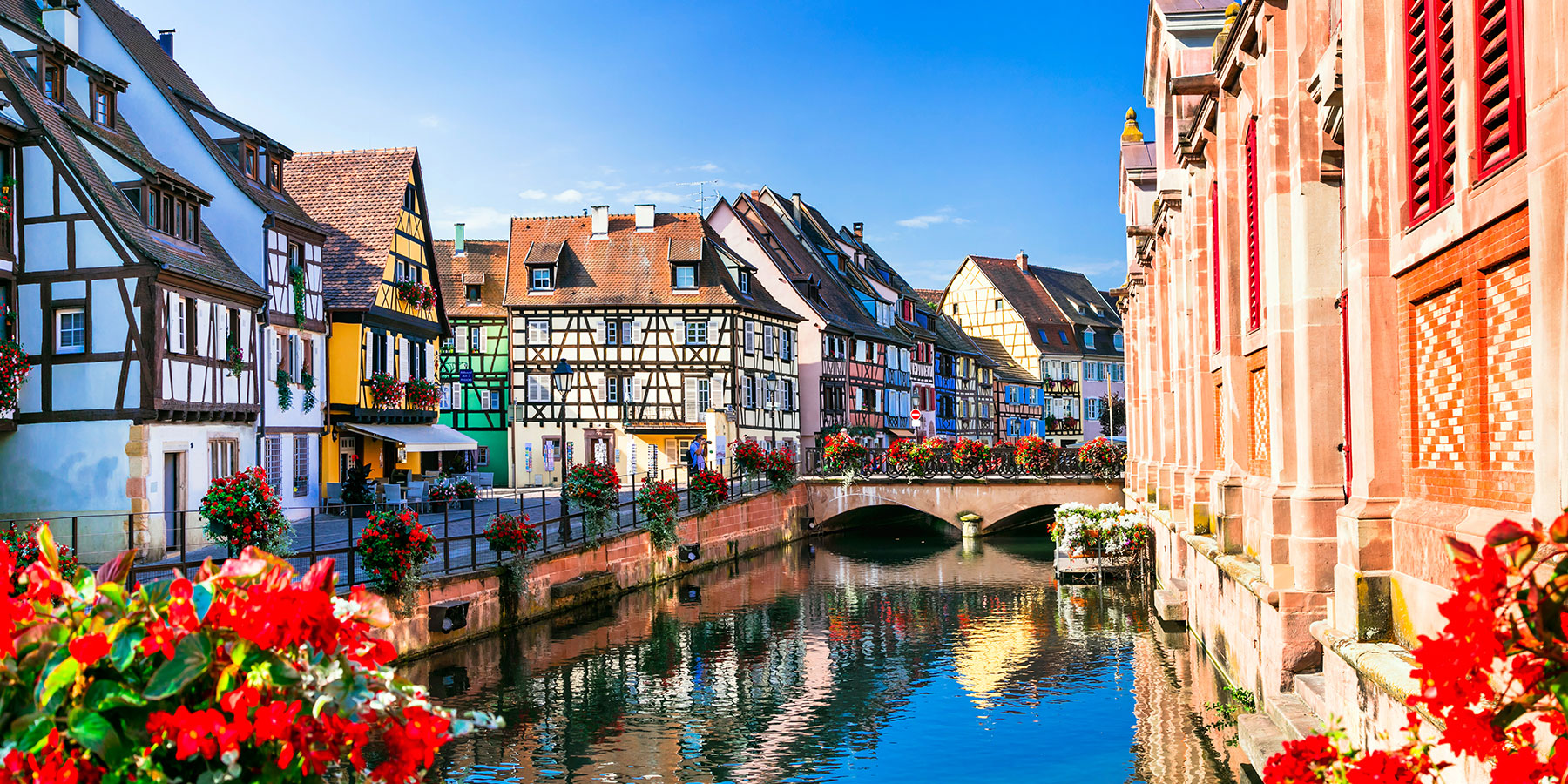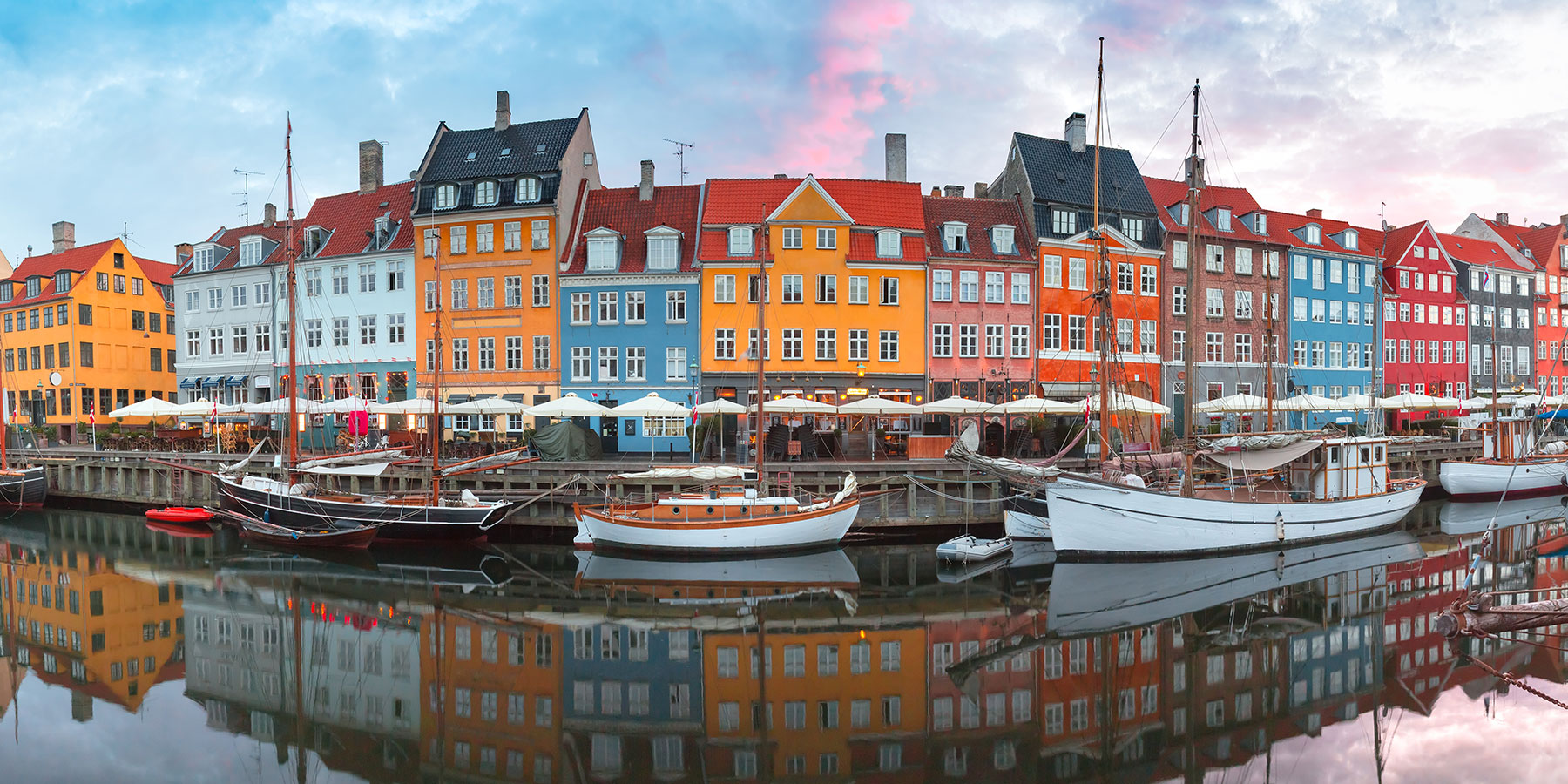
The First Winter Olympics

This point of interest is available as audio on the tour: Visit Chamonix, Where Earth Touches Sky
Here on Place du Mont-Blanc, facing the Alpine Museum, I’d like to tell you about a major event in Chamonix’s history: the very first Winter Olympic Games. That’s right – more than 100 years ago, in 1924, this town hosted the very first Winter Olympics ever held. The first modern Olympics had taken place in 1896 in Athens, the birthplace of the Olympic movement. In 1921, the International Olympic Committee decided to create a winter version to better accommodate certain sports like figure skating and ice hockey that were supposed to be part of the Olympic disciplines, but weren’t always easy to integrate. Did you know, for example, that figure skating was already featured at the 1908 London Olympics? Chamonix, known for its exceptional alpine setting and equipped with the necessary infrastructure, was chosen to host what was initially called the “International Winter Sports Week” before officially becoming the Winter Olympic Games two years later. Chamonix may have had the snow and accomodation capacity to welcome all these people, but it still had to build an Olympic ice rink covering more than 36,000 square meters that could host a speed skating oval, a curling track, two free surfaces for figure skating, and two hockey surfaces. This was a massive construction project that required a total loan of 800,000 francs and 30 men working around the clock to water the ice every night! And that’s not all – it took 600 men to clear the 1.7 meters of snow that fell in a single night, plus backbreaking work to deal with a thaw that hit just days before the opening. But on January 25th, the ice was superb, ready to welcome the first athletes. Sixteen nations participated in the games. 258 athletes, including 13 women, competed in 16 events across 9 sports: cross-country skiing, Nordic combined, curling, figure skating and speed skating, ice hockey, bobsled, ski jumping, and military patrol. The big winner was Norwegian Thorleif Haug, who took home three gold medals in cross-country skiing – his country’s national sport. The French won 3 bronze medals, in curling, figure skating, and military patrol. These first Winter Games helped popularize mountain sports, laid the foundation for future ski federations, and launched Chamonix as an international tourist destination. Today, it welcomes more than 8 million visitors each year, summer and winter alike. In 1924, Chamonix opened a page of history. A century later though, the Winter Olympics are facing challenges no one could have imagined back then. With global warming bringing increasingly scarce snow and growing environmental concerns, the future of the Winter Games feels genuinely uncertain. Cities are withdrawing their bids because they can’t guarantee the climate, and some athletes are refusing to compete on artificial snow. We’re living in times where Saudi Arabia can organize Asian Winter Games at artificial resorts in 2029, while the French Alps gear up for another Olympics in 2030. Those carefree days when nature seemed endless and generous are behind us now — uncertainty has taken over. But here, right where it all began, there’s still reason to believe in our ability to adapt and reinvent ourselves.


Discover Chamonix with app
An interactive guide through the most beautiful streets, squares, and districts
22 fun audioguides full of historical facts, anecdotes, and legends





Comments